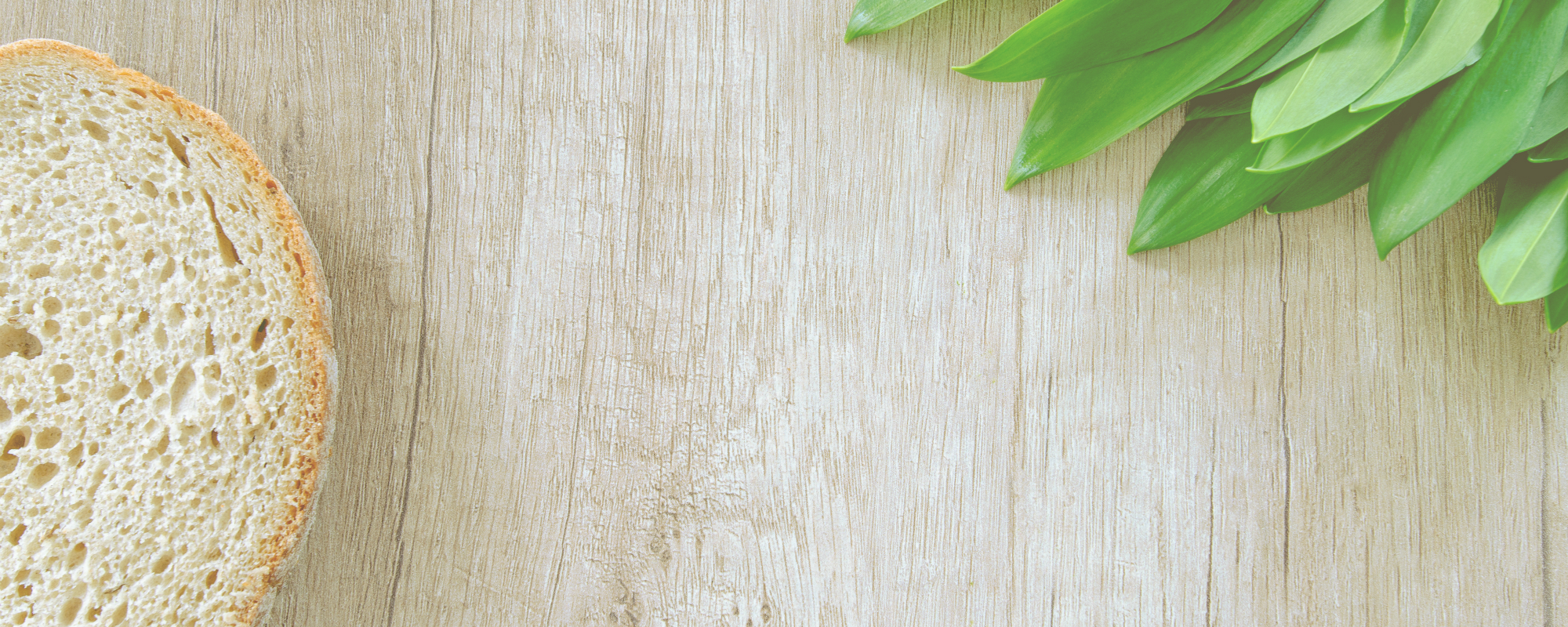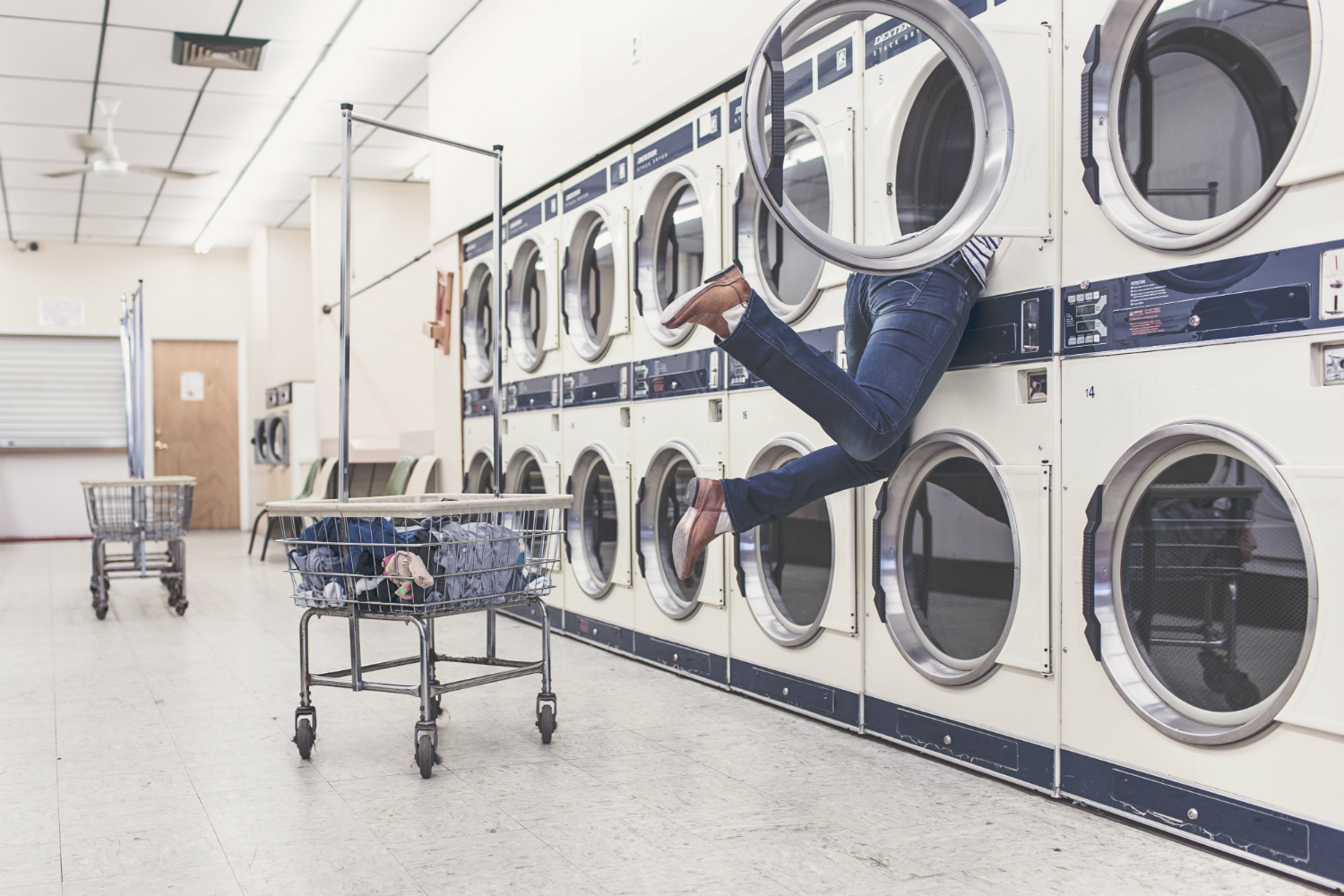Bread is a terrible wedding gift, but pop it in an oven and give an amazing toast.
The debate point of bread being ‘raw toast’ is long since past. The HuffPo did a stunningly in-depth piece on bread being ‘raw toast.’ This alone should indicate that the horse has been beaten, its pockets emptied out, and abandoned by the side of the road.
The question is now how raw can toast be?
I’m absolutely terrible at guessing how long something should be in the toaster oven. I burn everything I put in there. I’ve even set a toaster oven on fire, and singed the cabinet it was attached to. I’m fairly creative when it comes to cooking methods, as I only have a small fridge, hot plate, and toaster oven. I can reheat leftover Chinese takeout in a skillet like a pro. When asked to broil a cheese-laden piece of bread for a jerry-rigged grilled cheese, I freeze up. I hold a B.S.; it really shouldn’t be this difficult.
What compounds my frustration with my toaster oven inabilities is that I hate burned toast. Charred meats, overly crispy vegetables, and crunchy cookies are terrible, but burnt toast makes me want to scream. It’s an absolutely irrational, bitter piece of hatred that will always be a part of me. I prefer my toast barely crisped, just very slightly crunchy. The only indicator that the bread is toasted should be a light golden color and slight resistance when biting down.
Considering my preferences, it’s then that the line between “bread” and “toast” becomes blurred. When does bread become toast? Upon insertion into a toaster (or toaster oven)? After the application of heat? When bread is put into a toaster, and toast comes out – you can’t explain that!
Toast is bread browned by radiant heat, according to quite literally everyone ever. The browning is a result of a Maillard reaction – the reaction alters the flavor of the bread, and makes it firmer. There are many articles about the toasting process – including a novella by The Atlantic – and about the question of how bread becomes toast. My question, however, is regarding the absolute minimum reaction needed to still be qualified as toast.
A Maillard reaction is a form of non-enzymatic browning which typically proceeds rapidly from around 140 to 165 °C (280 to 330 °F). Enzymatic browning requires enzymes and exposure to oxygen. This results in things like browned bananas, or dried fruit like figs and raisins. The Maillard reaction is amino acids reacting with sugars at elevated temperatures. Taking the above range of temperatures as truth – though it is more of a guideline – the logic is that 140°C (280°F) is the lowest temperature at which “toast” is created. (Suck on that, thermodynamic physicists!)
Toasters and toaster ovens often have dials with a 1 – 6 range, or a wheel with “toast,” “broil,” “warm,” marked on it. This is irritatingly non-specific, if one requires precise temperature control for their toast. If there is a knob with temperature on the toaster oven, it may not go all the way to the low 140°C (280°F) setting, forcing one to rely on the judgement of the “toast” setting. Horrifying.
To clarify, I do understand why the dials are they way they are – the dial is simply determining the current sent through the heating coils to produce a certain amount of heat, which definitively does not correspond to a temp. Putting a temperature feedback loop in the main cavity costs money, and I like my cheap goods!
I demand temperature accountability for my toast. We, the non-burned-toast-lovers, need fine temperature control. I don’t want a hint of grill marks, scorch, or char. The toast should be so raw that it could be described in song as amber waves of grain! Raw toast forever!
Be well in peace, always yrs
Emily.Digital is a participant in the Amazon Services LLC Associates Program, an affiliate advertising program designed to provide a means for sites to earn advertising fees by advertising and linking to amazon.com. Amazon, the Amazon logo, AmazonSupply, and the AmazonSupply logo are trademarks of Amazon.com, Inc. or its affiliates.




